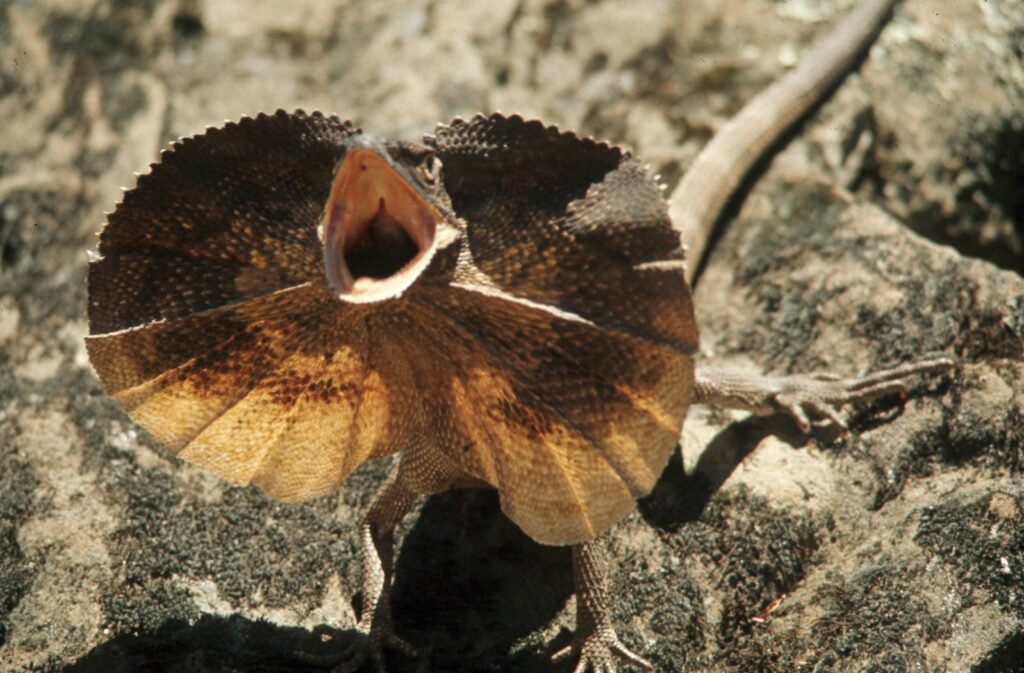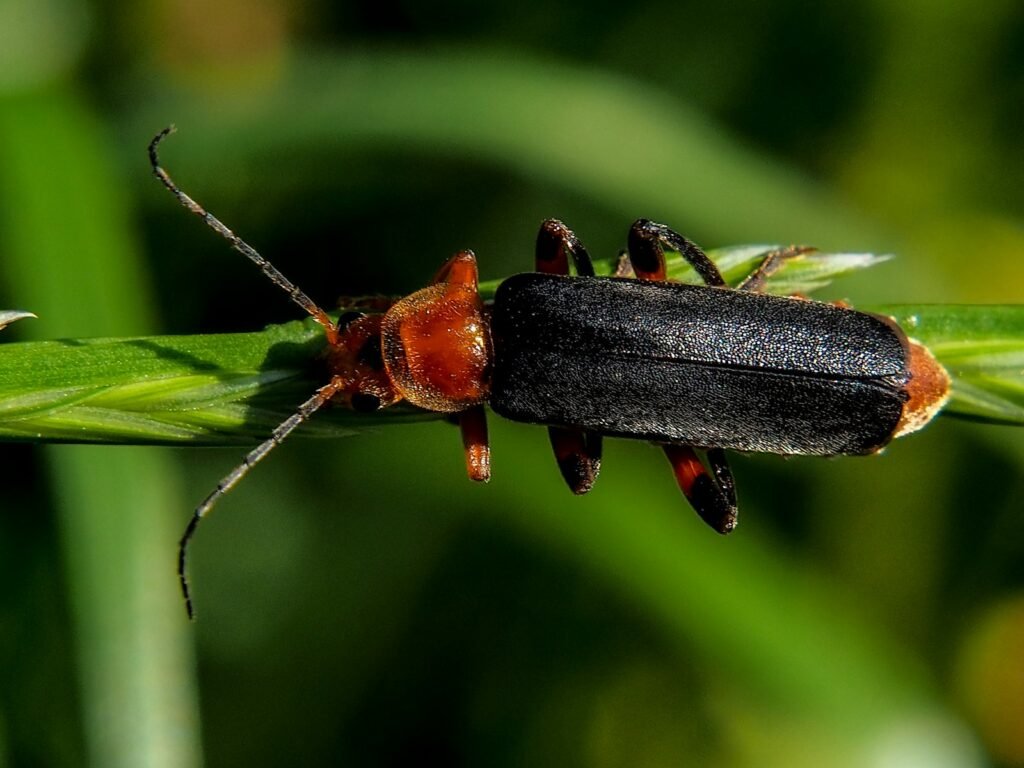The Pleistocene Epoch, commonly known as the Ice Age, was a period defined not only by vast ice sheets but also by the tremendous mammals that wandered the Earth. These Ice Age giants captured the imagination of young and old alike and remain a compelling subject of study for scientists. Join us as we explore some of the most fascinating and awe-inspiring creatures from this epoch, highlighting their characteristics, ecological roles, and what led to their eventual extinction.
The Iconic Mammoth
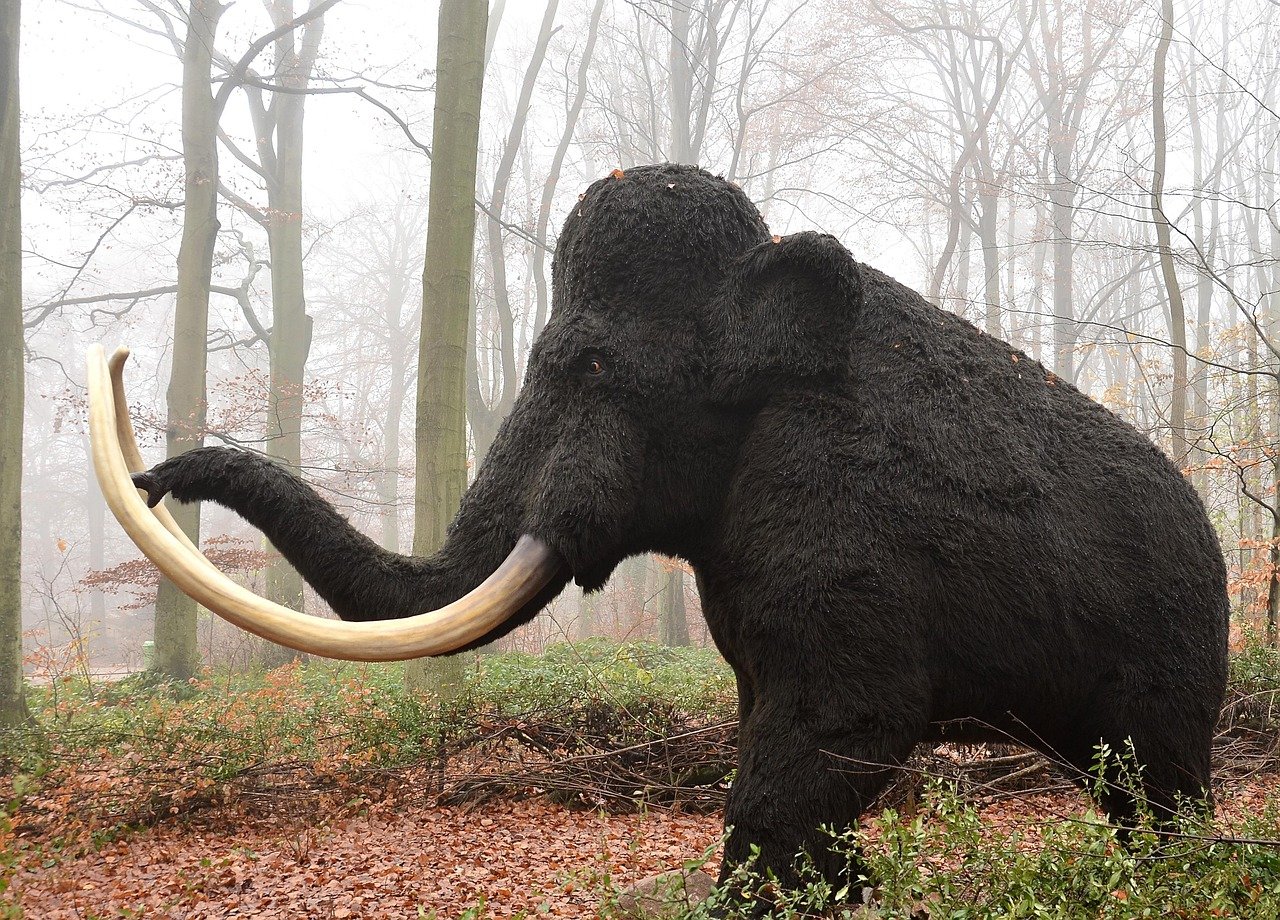
The woolly mammoth is perhaps the most well-known of all the Ice Age giants. Characterized by its long, curved tusks and shaggy fur, the mammoth roamed across Europe, Asia, and North America. Standing about 13 feet (4 meters) tall at the shoulder, these enormous herbivores adapted to cold environments with layers of body fat and thick coats. Their massive tusks were used for foraging through snow for food and combatting predators.
The Mighty Mastodon
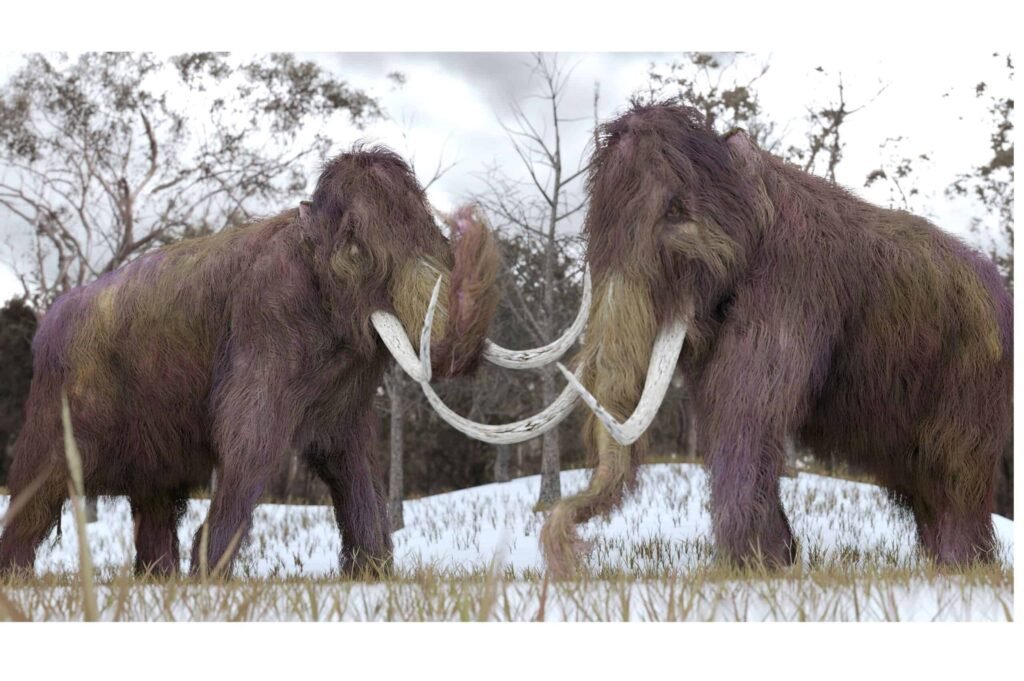
Closely related to elephants, mastodons were another impressive member of the Ice Age menagerie. Unlike their mammoth cousins, mastodons had cusped teeth suited for eating leaves and branches, indicating their preference for forested habitats. Found primarily in North and Central America, mastodons were slightly shorter than mammoths but equally formidable in stature.
The Colossal Ground Sloths

Ground sloths, particularly the genus Megatherium, were among the largest land mammals of their time. These gigantic creatures could grow up to 20 feet (6 meters) in length and weighed several tons. Equipped with strong, curved claws, they primarily fed on leaves and plants. Despite their slow demeanor, they were capable of defending themselves against predators due to their sheer size and strength.
The Fearsome Short-Faced Bear

The short-faced bear was one of the most formidable predators of the Ice Age. With long legs built for sprinting and a powerful build, it could weigh as much as a small car. Its heightened sense of smell helped it locate carrion across vast distances, leading scientists to believe it was likely both a scavenger and a predator.
The Towering Irish Elk
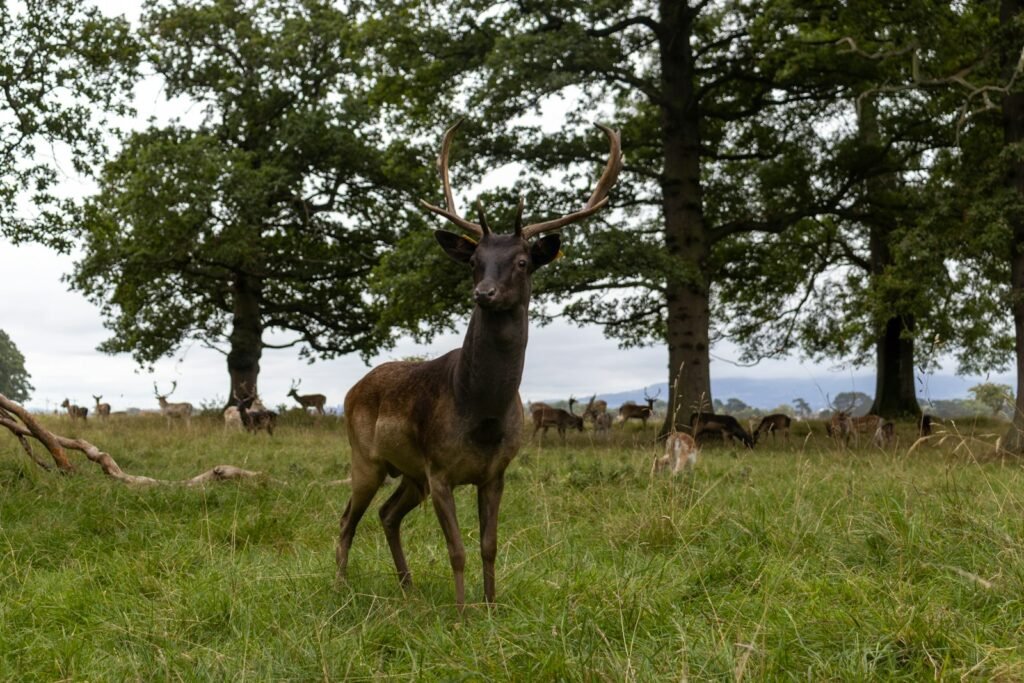
Despite its name, the Irish elk was neither exclusive to Ireland nor a true elk. This majestic giant featured the largest antlers of any known cervid, spanning up to 12 feet (3.6 meters). Standing over 6 feet (nearly 2 meters) at the shoulder, the Irish elk was a prominent herbivore inhabiting open woodland areas of Europe and Asia.
The Gigantic Woolly Rhinoceros

Standing out with its massive horn and thick coat, the woolly rhinoceros roamed the icy plains of Europe and Asia. Weighing around two tons, this herbivore fed on grasses and other low-lying vegetation, using its large horn to move snow and uncover food. Its formidable size and thick skin were effective deterrents against predators.
The Adaptable Saber-Toothed Cat

Known for its oversized canine teeth, the saber-toothed cat, Smilodon, was a powerful predator. The largest species stood about 3 feet (1 meter) at the shoulder and could weigh up to 900 pounds (410 kilograms). Their exceptional strength allowed them to bring down large prey, though they risked injury from struggling herbivores.
The Impressive American Lion
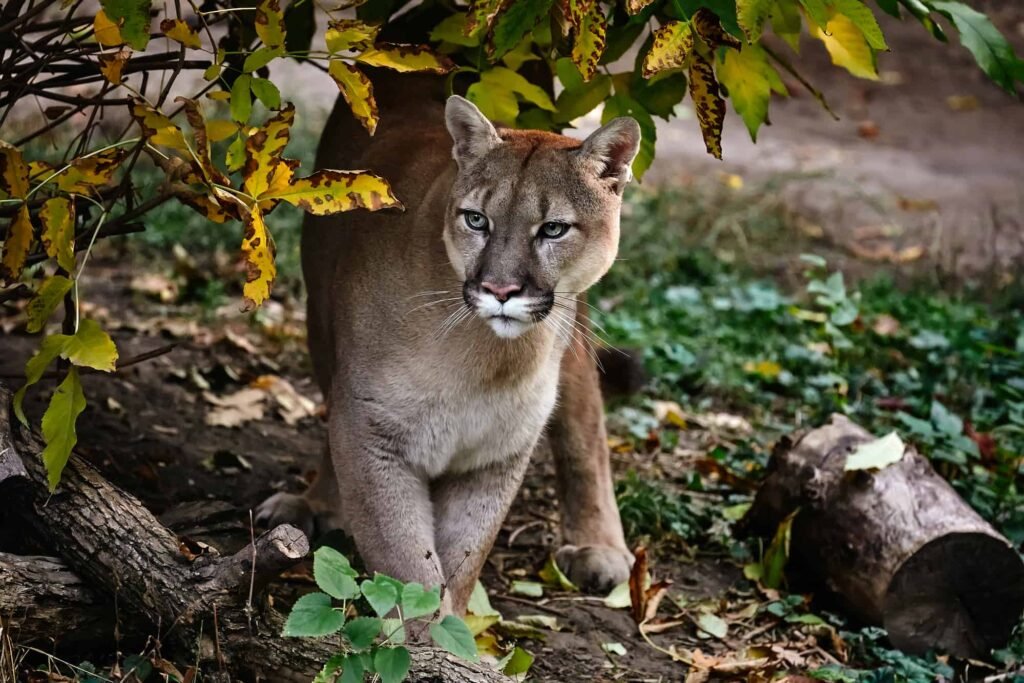
Twice the size of today’s African lions, the American lion was a dominant predator in its ecosystem. Capable of tackling large prey such as bison, this apex predator thrived across the North American plains. Fossils suggest they lived in prides akin to their modern-day relatives, enhancing their hunting efficiency.
The Powerful Dire Wolf
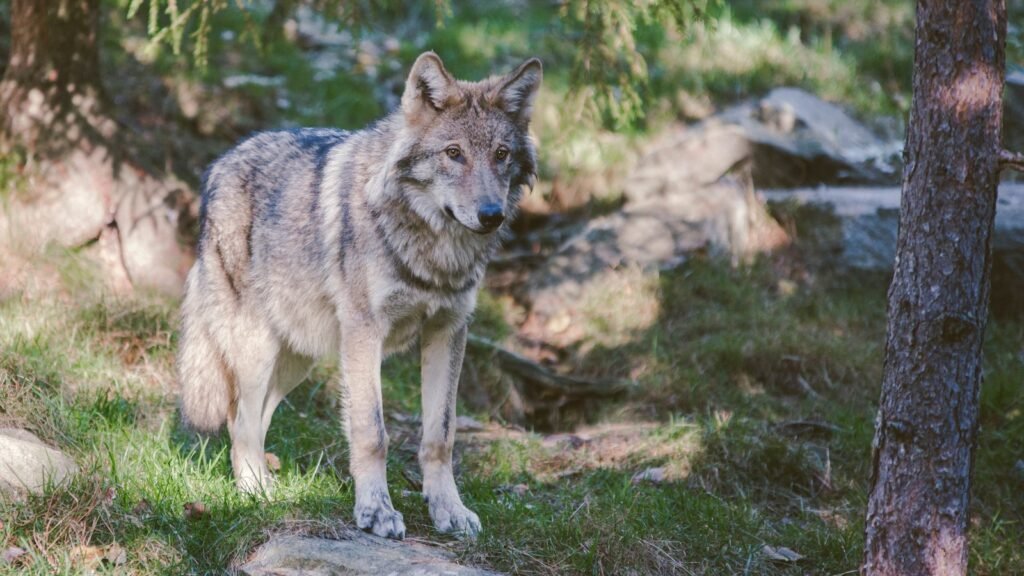
The dire wolf shared the landscape with its smaller cousin, the gray wolf, but was much larger and more robust. Standing over 5 feet (1.5 meters) long, dire wolves hunted in packs to take down sizable Ice Age herbivores. Their powerful jaw muscles allowed them to exert immense force, shattering bones and accessing nutritious marrow.
The Enigmatic Andrew’s Rhino
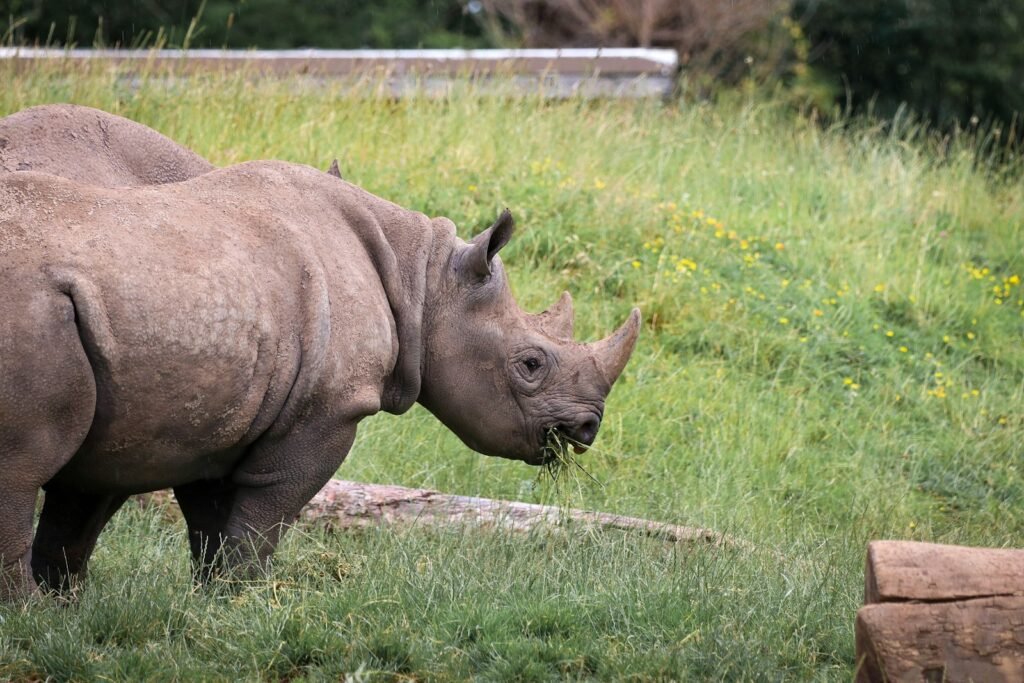
Andrew’s Rhino was an imposing rhinoceros with a thick, woolly coat, residing in the colder Asian regions. This herbivore was a key grazer, its prehensile lip adapted for pulling up grasses and shrubs. Fossils suggest a broad distribution, exemplifying their successful adaptation to Ice Age conditions.
The Majestic Steppe Bison
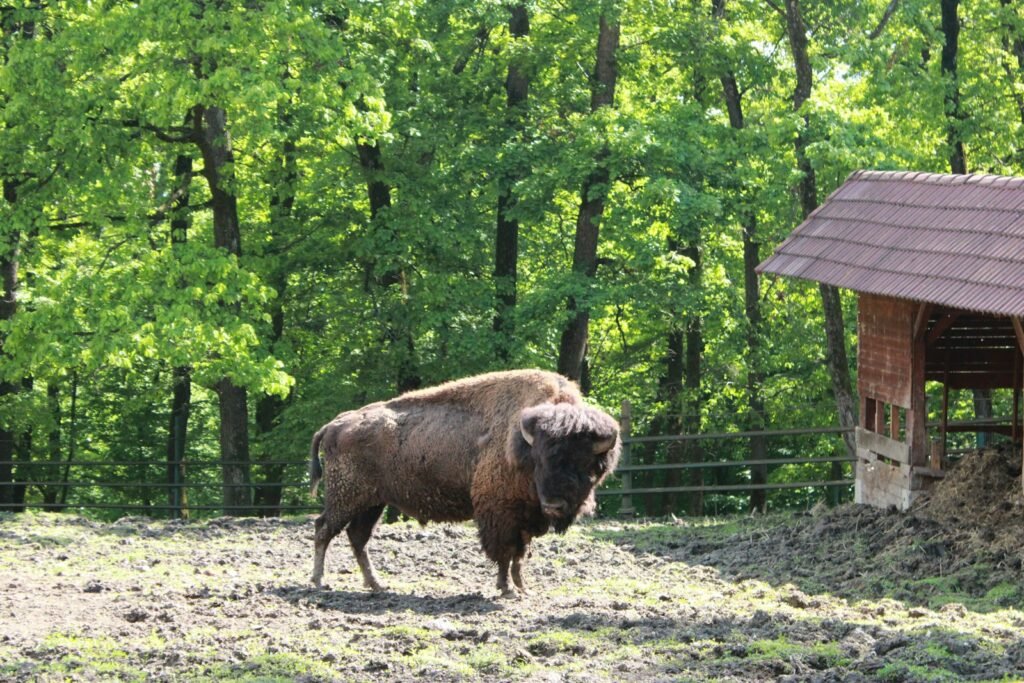
The steppe bison roamed the vast grasslands of Europe, Asia, and North America. Known for its bushy mane and imposing horns, it played a crucial role in its ecosystem by grazing extensively, which helped maintain the grassland environment. Their herding behavior offered protection against Ice Age predators.
The Curious Glyptodon
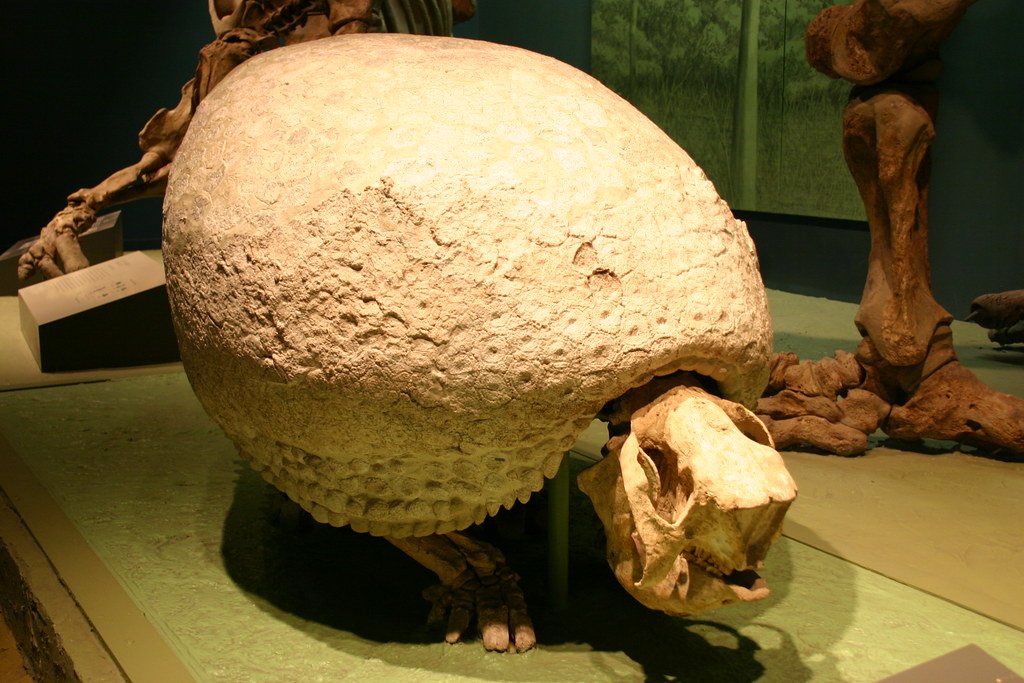
Glyptodons were armored mammals resembling giant armadillos and could weigh over 2,000 pounds (about 1,000 kilograms). They possessed a domed shell made of bone and lived predominantly in the open plains of present-day South America. With such armor, they were near impervious to predators, exemplifying unique evolutionary adaptations.
The Gigantic Titanoboa
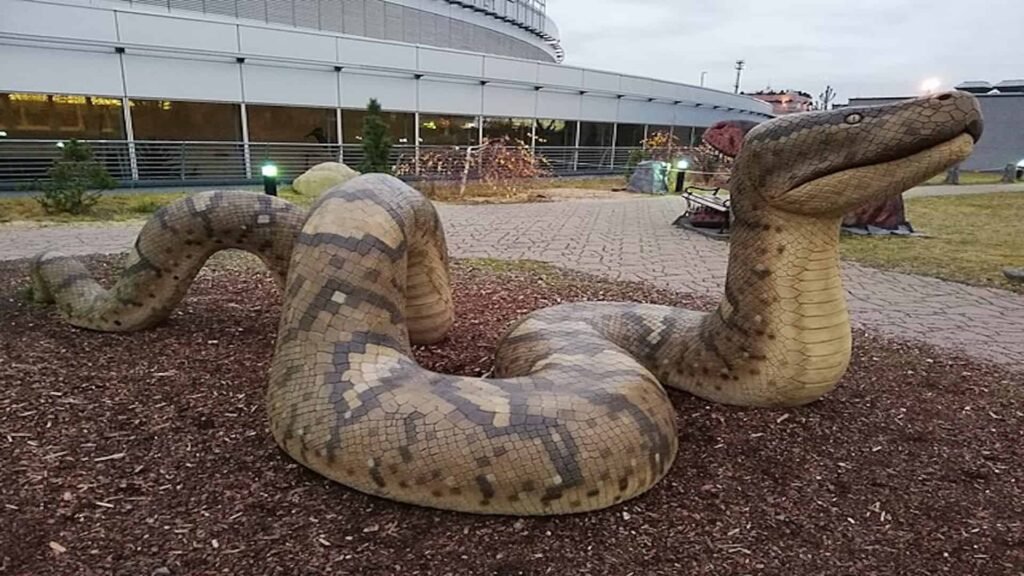
While not a mammal, the Titanoboa deserves mention as one of the oversized reptiles of the Ice Age periods. This massive snake thrived in the warm climates of South America and could reach lengths of over 40 feet (12 meters). As an apex predator, its diet likely consisted of large fish and other reptiles.
The Fate of the Giants

Many factors contributed to the extinction of these Ice Age giants. The abrupt climatic changes at the end of the Pleistocene, along with human hunting and habitat encroachment, spelled doom for many of these magnificent creatures. Their disappearance left ecological niches that were gradually filled by modern fauna.
Lessons from the Past

Studying the lives and eventual demise of Ice Age giants offers valuable insights into the impact of climate change and human activity on large mammals. As we grapple with modern-day environmental challenges, understanding these ancient creatures’ histories provides lessons in conservation and the significance of biodiversity.
Conclusion
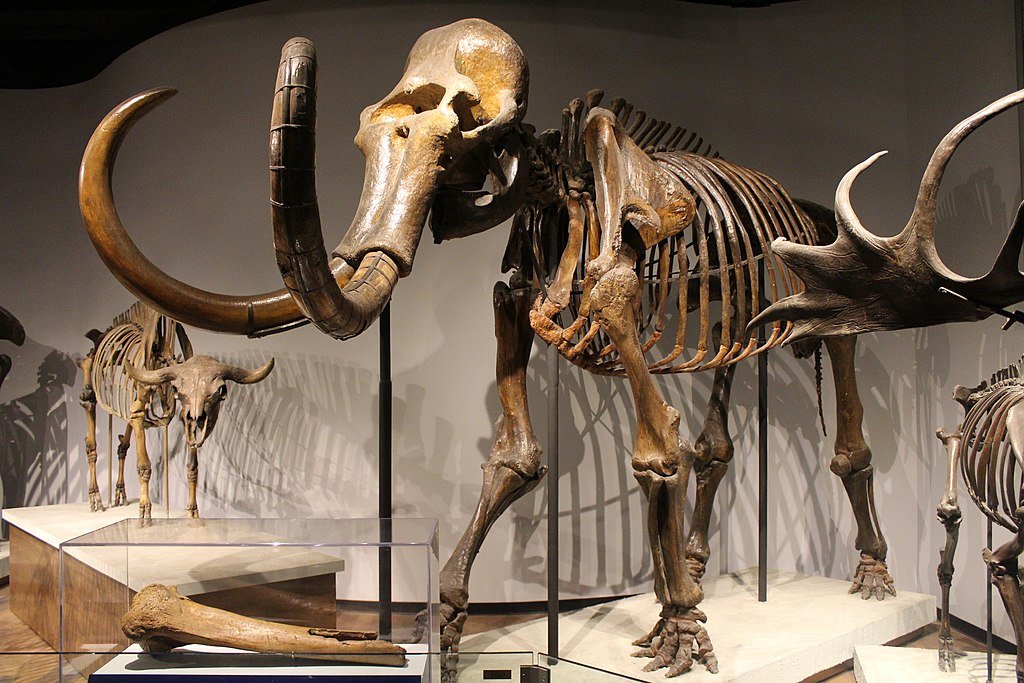
The Ice Age giants were not mere myth but majestic creatures that played vital roles in their ecosystems. Their legacy, preserved through fossils and scientific research, offers a window into the past, urging us to appreciate and protect the Earth’s current inhabitants. As stewards of the planet, recognizing the signs of history and learning from them is more important than ever.


